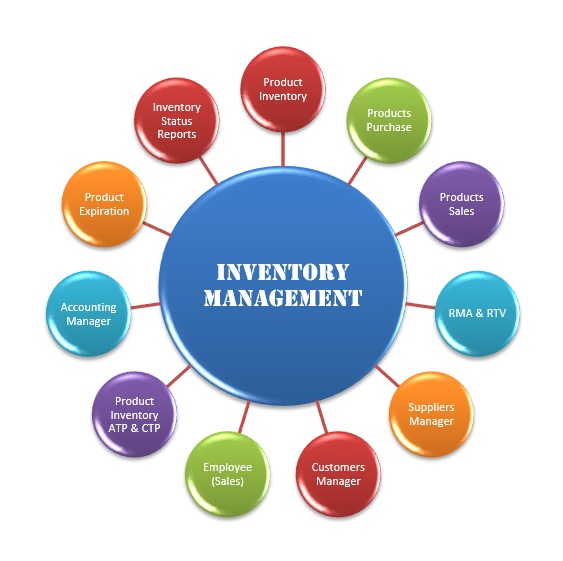*Inventory
Inventories are assets:
(a) Which is held for sale in the ordinary course of business;
(b) Which would result in the process of production for such sale; or
(c) in the form of materials or supplies to be consumed in the production process or in the rendering of services. (IAS2)
*Measurement of inventory
Inventory must be measured/ recorded at the lower of
1.cost and
2.net realizable value
For example inventory cost is $50 and NRV is $70.therefore inventory must be recorded at $50.
*The following cost are inventory cost
1. the purchase cost after deducting trade discount
2. any other costs incurred to bring the inventories to their present location and condition.
3. the costs incurred directly in the production of inventory
4. conversion cost such as direct labor,direct expense
5. production overheads both fixed and variable
6. other expenses such as transportation and handling charges, taxes and duties that may not be recoverable from tax authorities.
7. interest cost when inventories are purchased on deferred settlement terms. interest cost when inventories are purchased with deferred settlement terms.
*The following cost are not inventory cost
1. general and administrative overhead costs which cannot reasonable attributed to the cost of inventory.
2. similarly, selling and distribution expenses,
3. storage costs
4. excessive expenditure resulting from abnormal wastage shall not be included in the cost of inventory.
5.holding cost
*Net realisable value
Net realisable value is the estimated selling price in the ordinary course of business less the estimated costs of completion and the estimated costs necessary to make the sale(IAS 2).
This is simply the expected revenue from the sale of inventory after deducting any further costs that are necessary in order to sell the inventory.
For example if a company has raw material that means inventory costing $50, which will be sold as finished products for $80 after additional $10 of labor costs are incurred for completion, then NRV will be $70 ($80 - $10).
The need to value the inventory at the lower of cost and NRV stems from the prudence concept which requires that the assets of the entity, which in this case is inventory, must not be recorded over/above the amount expected to be earned from its use or sale.
For example, if an inventory costs $100 but its NRV is only $70, the inventory is recorded at the year end at $70. Recording inventory at a lower amount has the effect of reducing profit because a decrease in closing inventory increases the cost of sales (expense).
-

No comments:
Post a Comment